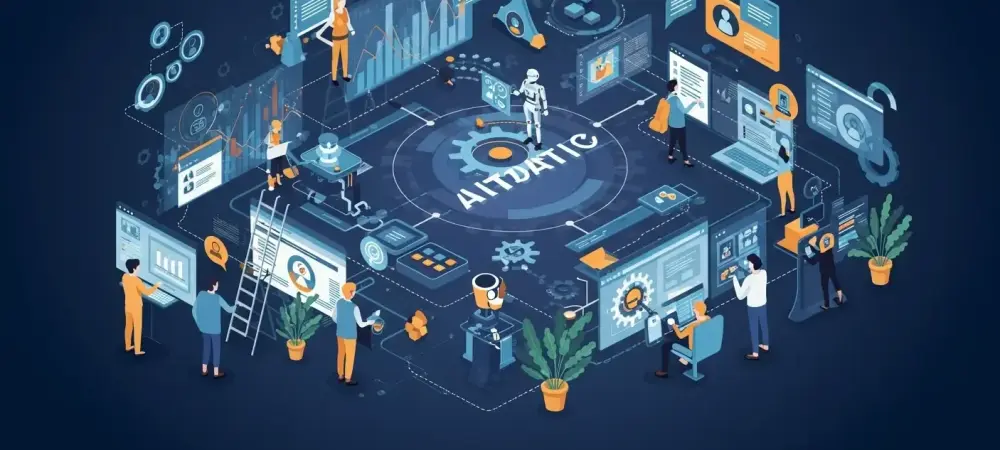Imagine a bustling business landscape where teams tirelessly strive to enhance collaboration, yet often find themselves confined by traditional boundaries. Marketing workflow automation emerges as a beacon of innovation, offering a robust solution to break these silos. In today’s dynamic industries, automation is not just a tool but a pivotal force reshaping how marketing, sales, and customer service departments interact. This article delves into this transformative trend, exploring its current state, real-world applications, expert insights, and future prospects.
Current State of Marketing Workflow Automation
Adoption Statistics and Growth Trends
Marketing workflow automation is witnessing substantial growth, with companies increasingly adopting these tools to streamline operations. Recent data indicate that nearly 70% of marketers have incorporated some form of automation, reflecting robust enthusiasm and acceptance. Analysts predict that within a few years, this statistic will surpass 85%, underlining the escalating demand for efficient, integrated systems. As businesses strive for operational coherence, marketing automation stands out as a testament to progress.
Real-World Applications and Case Studies
Concrete examples abound, illustrating how marketing workflow automation elevates organizational efficiency. Notable case studies paint a vivid picture: a leading tech firm harnessed these tools to unify their marketing, sales, and customer service departments, achieving a remarkable 40% rise in lead conversion rates. This seamless integration has proven invaluable, prompting others to embrace automation’s potential. Companies are increasingly recognizing the value of automation in fostering harmonious interactions among departments.
Industry Insights and Expert Opinions
Industry experts emphasize the significant impact of marketing workflow automation on modern business practices. Thought leaders believe these automated systems are foundational to bridging divides within large organizations. A renowned marketing strategist emphasizes that automation mitigates human error and enhances consistency across all customer touchpoints. Experts concur that while challenges remain, such as data management and integration complexity, the benefits of smoother customer experiences and enhanced agility far outweigh these obstacles.
Future Prospects and Implications
Looking ahead, marketing workflow automation is primed for further sophistication. Innovations like AI and machine learning are anticipated to bolster these systems, bringing heightened personalization and predictive analytics into the mix. These advances promise to refine engagement strategies, precisely targeting customer needs. While opportunities are vast, industry professionals caution against potential pitfalls, such as data privacy concerns and over-reliance on technology. Nonetheless, the trajectory of marketing workflow automation points toward increased collaboration and efficiency across industries.
Conclusion
In recent years, the rise of marketing workflow automation has reshaped the way businesses operate. Organizations that embraced this trend saw significant improvements in interdepartmental coordination and customer satisfaction. As automation technology evolves, companies are urged to remain vigilant, exploring new tools and capabilities that align with their objectives. By exploring innovative solutions and anticipating future challenges, businesses ensure the ongoing success of their collaborative efforts in a rapidly changing environment.

